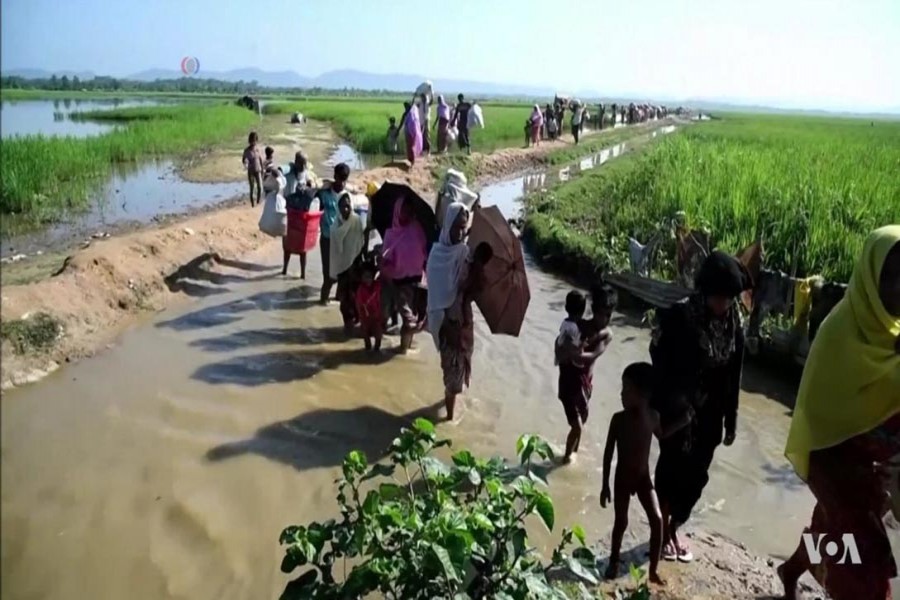Climate disruption is forcing entire communities from their homes across the globe, and perhaps no population is more imperiled than the people of Bangladesh, according to a report by www.pri.org.
“Bangladesh is one of the world's most vulnerable countries to climate change, and it's experiencing a pretty wide range of impacts."
Nearly 80 per cent of Bangladesh sits in a flood plain, near the rising seas.
Ice melting in the Himalayas is coming down through its rivers, increasing the volume of water and leading to increased riverbank erosion.
Saltwater intrusion from the sea level rise is poisoning crops and fishing areas.
And even while annual tropical storms and cyclones continue to hit Bangladesh, the northern part of the country is experiencing drought.
Some of these events are not new, McDonnell points out. “People here have been living with environmental catastrophe for generations and generations,” he said.
What’s new is the frequency of the events and the scale of their impact.
Because Bangladesh is such a densely populated country, these events often lead to people being displaced in one way or another. In this respect, McDonnell believes, the country may be the “canary in the coal mine” for the problems facing civilization as climate disruption accelerates.
“All the problems facing Bangladesh are prompting human migration. ... When you look at Bangladesh, you see what happens when you have this kind of unprecedented level of human mobility. ... It really encapsulates the challenges lots of countries are going to face moving forward.”
“All the problems facing Bangladesh are prompting human migration,” McDonnell explained. “When you look at Bangladesh, you see what happens when you have this kind of unprecedented level of human mobility. You have unchecked, rampant urbanization; you have risk for all sorts of vulnerabilities — health problems, human trafficking … It really encapsulates the challenges lots of countries are going to face moving forward.”
Many Bangladeshis affected by climate disruption are moving to Dhaka, the capital city, but “the city is out of its depth,” McDonnell said. “I spoke to everyone from migrants themselves to scientists to urban planners — a really broad range of people who are involved in this space — and there was pretty much universal agreement that the city is beyond its capacity.”
Thousands of people arrive in Dhaka every day. Not all of them are climate change migrants, McDonnell notes, but many of them are.
“Forty percent of the city's population lives in slum areas,” he added. “The city has very little in the way of affordable housing … People are looking for any place they can stay, but it's all happening in a helter-skelter way that creates a lot of problems. Security, health, utilities, basic living conditions — all of these things are really negatively affected when you have so many people coming in, in such an unplanned way.”
In some cases, Bangladesh faces a double crisis, McDonnell says. Rohingya refugees, for example, who are fleeing into Bangladesh from persecution in Myanmar are moving into areas that are highly exposed to climate change.


